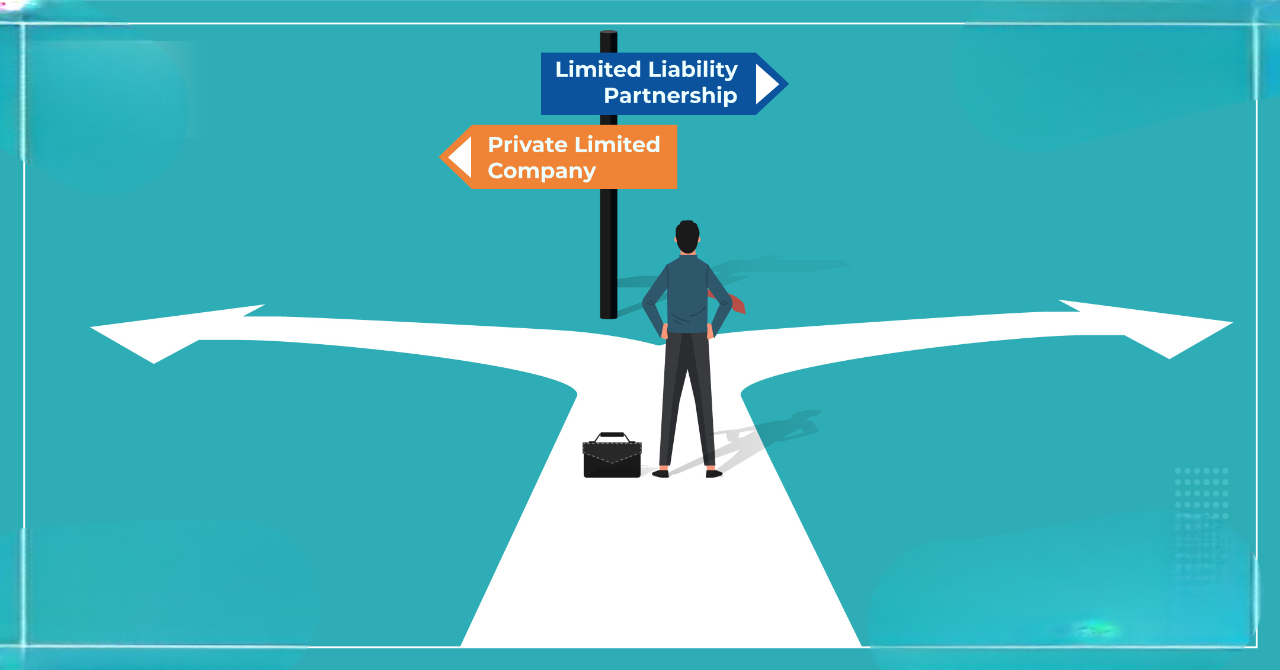In a significant move to boost the investment ecosystem in India, the Securities and Exchange Board of India (SEBI) has revised its norms for Alternative Investment Funds (AIFs). The latest revision allows for the tenure of large value close-ended AIFs to be extended up to 5 years for accredited investors. This extension is expected to provide more flexibility for fund managers and investors, enabling better capital management and long-term investment opportunities.
For individuals and institutions keen on participating in AIFs in India, these new norms offer an exciting opportunity to explore alternative asset classes with a longer investment horizon. In this blog, we will dive deeper into the implications of SEBI’s revisions, the process of AIF Registration in India, and how these changes benefit accredited investors.
What Are AIFs?
Alternative Investment Funds (AIFs) are investment vehicles that pool capital from investors to invest in alternative asset classes such as private equity, hedge funds, venture capital, and real estate. Unlike traditional investment channels like mutual funds or stocks, AIFs focus on high-return, high-risk investment options, attracting accredited investors, institutional investors, and high-net-worth individuals (HNIs).
In India, AIFs are regulated by SEBI under the AIF Regulations, 2012. These funds are designed to give investors access to more specialized markets and investment opportunities.
SEBI’s Revised AIF Norms
SEBI’s recent revision of AIF norms introduces a crucial change in the tenure of large value close-ended AIFs for accredited investors. Previously, the tenure of such funds was limited to 3 years, but the new regulation allows the tenure to be extended up to 5 years.
Key Points of the Revision:
- Extended Tenure: Accredited investors can now benefit from a longer investment horizon of up to 5 years for large value close-ended AIFs. This extension enables fund managers to better manage long-term investments and capital growth, especially in sectors like private equity, infrastructure, and real estate that require more time to yield returns.
- Flexibility for Fund Managers: The longer tenure provides more flexibility for fund managers to focus on high-growth investments. This allows them to weather market volatility and economic cycles while still delivering value to investors.
- Enhanced Investment Potential: A five-year tenure enhances the potential for superior returns, especially in emerging sectors or startups that may need a longer time to mature.
- Attracting Accredited Investors: The extension is particularly beneficial for accredited investors who are seeking opportunities to invest in high-growth sectors with a longer-term perspective. This move positions AIFs as a more attractive investment vehicle for both individual and institutional investors.
Who Are Accredited Investors?
In the context of AIFs, accredited investors are individuals or entities who meet certain financial thresholds defined by SEBI. These investors are considered to have a greater understanding of investment risks and financial markets. In India, accredited investors typically include:
- High-net-worth individuals (HNIs)
- Family offices
- Corporates
- Qualified institutional buyers (QIBs)
- Institutional investors
Why Are AIFs Attractive for Accredited Investors?
AIFs allow accredited investors to gain access to specialized investment opportunities that go beyond traditional investment channels. The revised norms for AIFs provide more flexibility and a longer investment horizon, making it an appealing option for investors who seek to diversify their portfolios.
How to Register an AIF in India?
If you are an accredited investor looking to explore AIF opportunities, understanding the AIF registration process in India is essential. Here’s how you can proceed:
1. AIF Registration in India
To operate an AIF in India, fund managers must obtain AIF registration in India from SEBI. The registration process involves submitting an application to SEBI along with necessary documents like the fund’s structure, objectives, investment strategy, and more.
The registration is mandatory for any entity wishing to raise funds from investors and invest in alternative assets under SEBI’s guidelines. SEBI recognizes three categories of AIFs:
- Category I AIFs: These funds invest in start-ups, social ventures, SMEs, infrastructure, etc.
- Category II AIFs: These funds include private equity and debt funds.
- Category III AIFs: These funds engage in hedge fund-type strategies and other complex trading.
2. Online AIF Registration in India
The process of AIF registration online in India is simplified through SEBI’s online platform. Fund managers and investors can apply for online alternative investment fund registration in India via the SEBI website. The online application process ensures quicker processing and greater transparency.
3. Documents Required for AIF Registration
Some of the key documents required for AIF registration in India include:
- Memorandum of Association (MOA) and Articles of Association (AOA)
- Detailed business plan outlining the investment strategy and target market
- Details of the fund managers and their experience
- Risk management policies
- KYC details of the fund promoters and key personnel
- Information on the proposed investors
4. AIF Registration Consultant
Navigating the AIF registration process can be complex. This is where an AIF registration consultant comes in. A professional consultant can guide you through the entire registration process, helping with the documentation, regulatory compliance, and submission to SEBI. They can also assist with structuring the fund in line with SEBI’s regulatory framework to ensure smooth approval.
The Impact of the New AIF Norms on the Investment Landscape
SEBI’s revision of AIF norms to extend the tenure for large value close-ended AIFs up to 5 years offers several key benefits for the investment ecosystem:
- Longer-Term Investment Opportunities: A five-year tenure provides more opportunities for investors to reap the benefits of long-term investments in high-growth sectors.
- Higher Capital Inflow: With the flexibility of an extended tenure, AIFs are likely to attract more capital from accredited investors, which will further fuel the growth of the alternative investment sector.
- Attractive for Family Offices and HNIs: The extended tenure and new guidelines make AIFs even more attractive for family offices and high-net-worth individuals looking for alternative investments with higher potential returns.
- Global Competitiveness: These revisions bring India in line with global investment standards, allowing it to compete with other mature markets in terms of alternative investment opportunities.
Conclusion
SEBI’s revision of the AIF norms, allowing for the extension of the tenure of large value close-ended AIFs for accredited investors, marks a significant development in India’s investment landscape. This change not only provides greater flexibility for fund managers but also opens up new avenues for accredited investors looking for high-return, long-term investment opportunities.
For those interested in participating in AIFs, it’s crucial to understand the AIF registration process in India, whether you choose online AIF registration in India or seek guidance from an AIF registration consultant. With the recent regulatory revisions, Alternative Investment Fund Registration in India has become more streamlined, making it easier for investors to capitalize on India’s growing alternative investment opportunities.
For any inquiries regarding AIF registration in India or assistance with the registration process, consulting an experienced AIF registration consultant is highly recommended to ensure compliance with all SEBI guidelines and to navigate the process efficiently.










